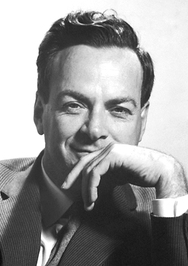A recent landmark in the realm of quantum computing has prompted fresh dialogues about the multiverse theory.
With the use of Google’s advanced Willow processor, a rekindled interest in the possibility of multiple universes has emerged within the scientific community. Google’s quantum experts have announced that their cutting-edge chip tackled a complex problem in mere minutes, a challenge that would render the world’s fastest supercomputers busy for an estimated 10 septillion years.
At the heart of this scientific discussion is Hartmut Neven of Google Quantum AI, who posits that the impressive capabilities of the Willow chip may correlate with the multiverse hypothesis of quantum mechanics, which suggests the coexistence of numerous parallel universes.
Neven’s perspective is deeply influenced by the theories put forward by David Deutsch, a British physicist and early advocate of the notion that the processes of quantum computation take place across a spectrum of parallel universes.
The concept of a multiverse initially put forth by Hugh Everett in the 1950s and developed further by Deutsch, proposes that the actions of quantum computations are performed concurrently in a vast array of different universes.
However, this idea has been met with a degree of skepticism and alternative interpretations from other members of the scientific community.
For instance, Ethan Siegel has pointed out that quantum mechanical behaviors, including superposition and entanglement, can be sufficiently explained by existing theories such as Copenhagen interpretations or pilot-wave models, eliminating the necessity to introduce the concept of a multiverse.
Moreover, the problem that was successfully addressed by Google’s Willow processor, known as Random Circuit Sampling, is seen primarily as an exhibition of what quantum technology can achieve, rather than a direct application or concrete proof of the existence of multiple universes.
Such cautionary notes imply that some scientists are advocating for additional concrete proof before fully embracing the multiverse hypothesis as factual.
Nevertheless, the ongoing conversations underline the significant stride taken in the field of quantum computing, illustrated by Willow’s noteworthy performance.
While the link between the chip and evidence of a multiverse remains debated, the processor’s influence on areas such as cryptography, material science, and artificial intelligence is beyond dispute. The vigorous debates sparked by this leap in quantum technology underscore the crucial interplay between scientific exploration and critical discussion in driving forward both practical technological advancements and theoretical comprehension.







